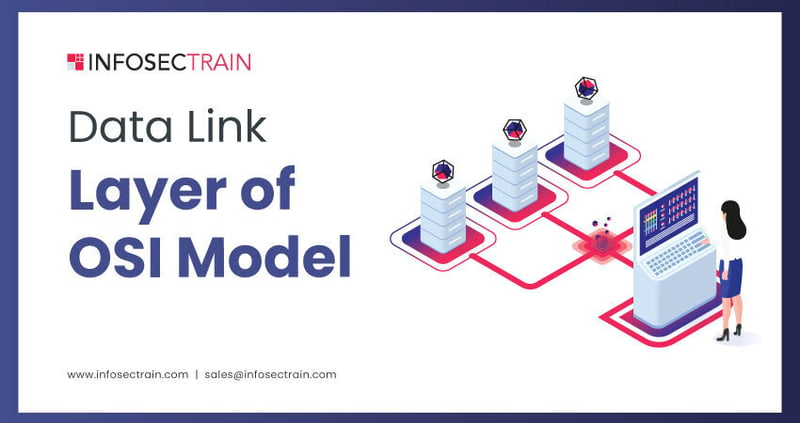dev-resources.site
for different kinds of informations.
Data Link Layer of OSI Model
The Data Link Layer is the second layer of the Open Systems Interconnection (OSI) model, which serves as a conceptual framework that standardizes communication system functions. This layer focuses on the reliable transfer of data between adjacent network nodes over a physical link. It provides error-free and orderly delivery of data packets by establishing and maintaining a link between the source and destination devices. This article will delve into the Data Link Layer and explore its key features and protocols.
Introduction to the Data Link Layer
The Data Link Layer serves as a bridge between the Physical Layer and the Network Layer. It transforms the raw transmission facilities of the Physical Layer into a reliable and error-free link for data transfer. Its primary responsibilities include framing, flow control, error detection and correction, and access control.
Functions of the Data Link Layer
• Framing: The Data Link Layer divides the data frames received from the Network Layer. These frames contain the necessary control information, such as start and stop indicators, to enable proper synchronization and delineation of data.
• Flow control: The Data Link Layer manages the transmission of data between the sender and receiver to prevent overflow or congestion. It assures that the sender does not overwhelm the receiver with data by implementing flow control mechanisms, such as sliding window protocols.
• Error detection and correction: The Data Link Layer finds and corrects errors that could happen when data is being transmitted. It employs techniques like checksums and Cyclic Redundancy Checks (CRC) to detect errors and retransmission or error recovery mechanisms to correct them.
• Access control: In shared media networks, where multiple devices contend for access, the Data Link Layer implements access control mechanisms to regulate the flow of data. Popular access control protocols include Carrier Sense Multiple Access (CSMA) and token passing.
Protocols at the Data Link Layer
• Ethernet: Ethernet is the most widely used protocol in the Data Link Layer. It defines the format of Ethernet frames, the access method (CSMA/CD), and the physical addressing (MAC addresses). Ethernet provides reliable and efficient Local Area Network (LAN) communication.
• Point-to-Point Protocol (PPP): PPP is a protocol commonly used in dial-up connections and point-to-point links. It establishes a direct connection between two nodes and supports multiple network layer protocols, such as IP, over a single link.
• Wi-Fi (IEEE 802.11): The Wi-Fi protocol enables wireless communication within a local area network. It defines the format of Wi-Fi frames and the mechanisms for access control and data transmission over wireless media.
Data Link Layer Devices
• Network Interface Card (NIC): A NIC is a hardware component that facilitates the interface between a computer and the network. It operates at the Data Link Layer, receiving and transmitting data frames.
• Switches: Switches are devices that operate at the Data Link Layer and facilitate the transfer of data between multiple network devices within a LAN. They use MAC addresses to forward frames to the intended recipients.
• Bridges: Bridges connect multiple LANs or network segments and operate at the Data Link Layer. They filter and forward data frames based on MAC addresses, effectively segmenting the network and reducing congestion.
How can InfosecTrain Help?
The Data Link Layer is crucial for reliable data transfer between network nodes, enabling seamless communication over a physical link. It performs functions like framing, flow control, error detection and correction, and access control. Protocols such as Ethernet, PPP, and Wi-Fi operate at this layer, catering to specific network requirements. Understanding the Data Link Layer and its protocols is vital for building robust and secure network infrastructures.
InfosecTrain’s CompTIA Network+, CompTIA Security+ training, and Network Security training courses will help you better understand the Data Link Layer and other OSI model layers.
Featured ones:
